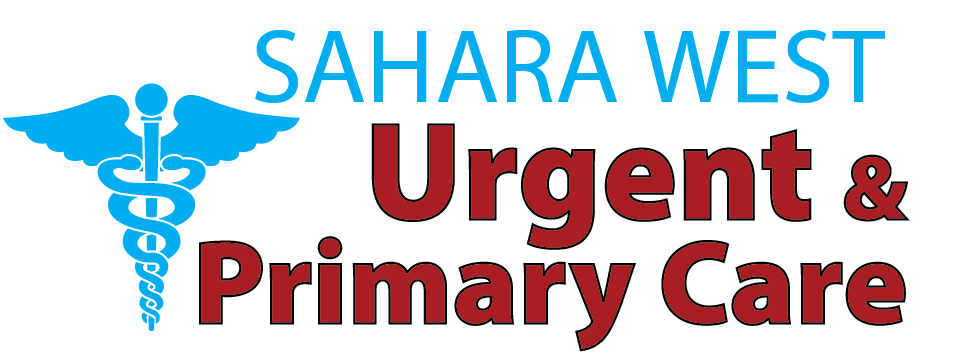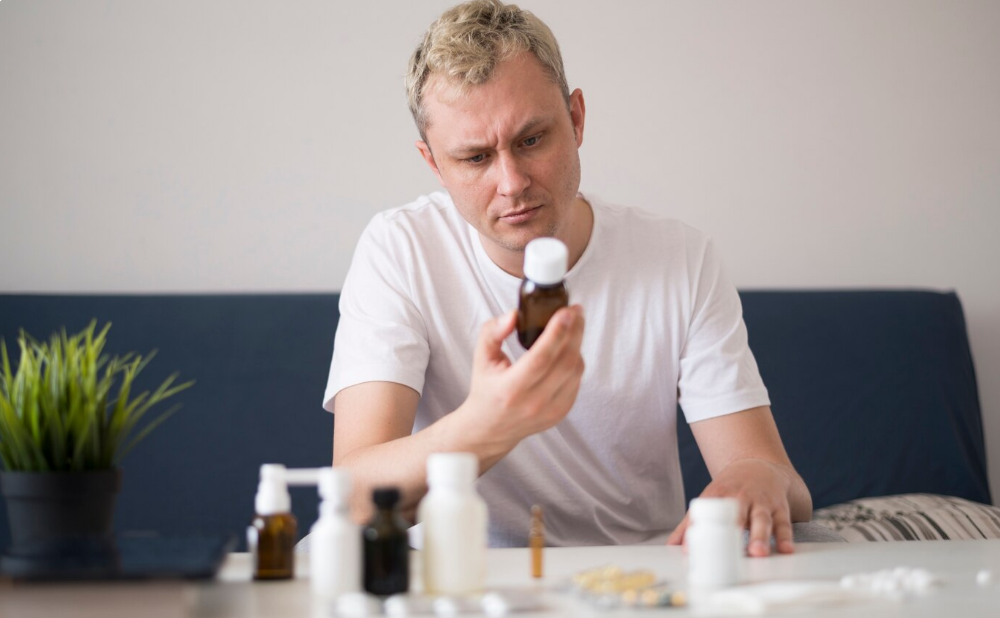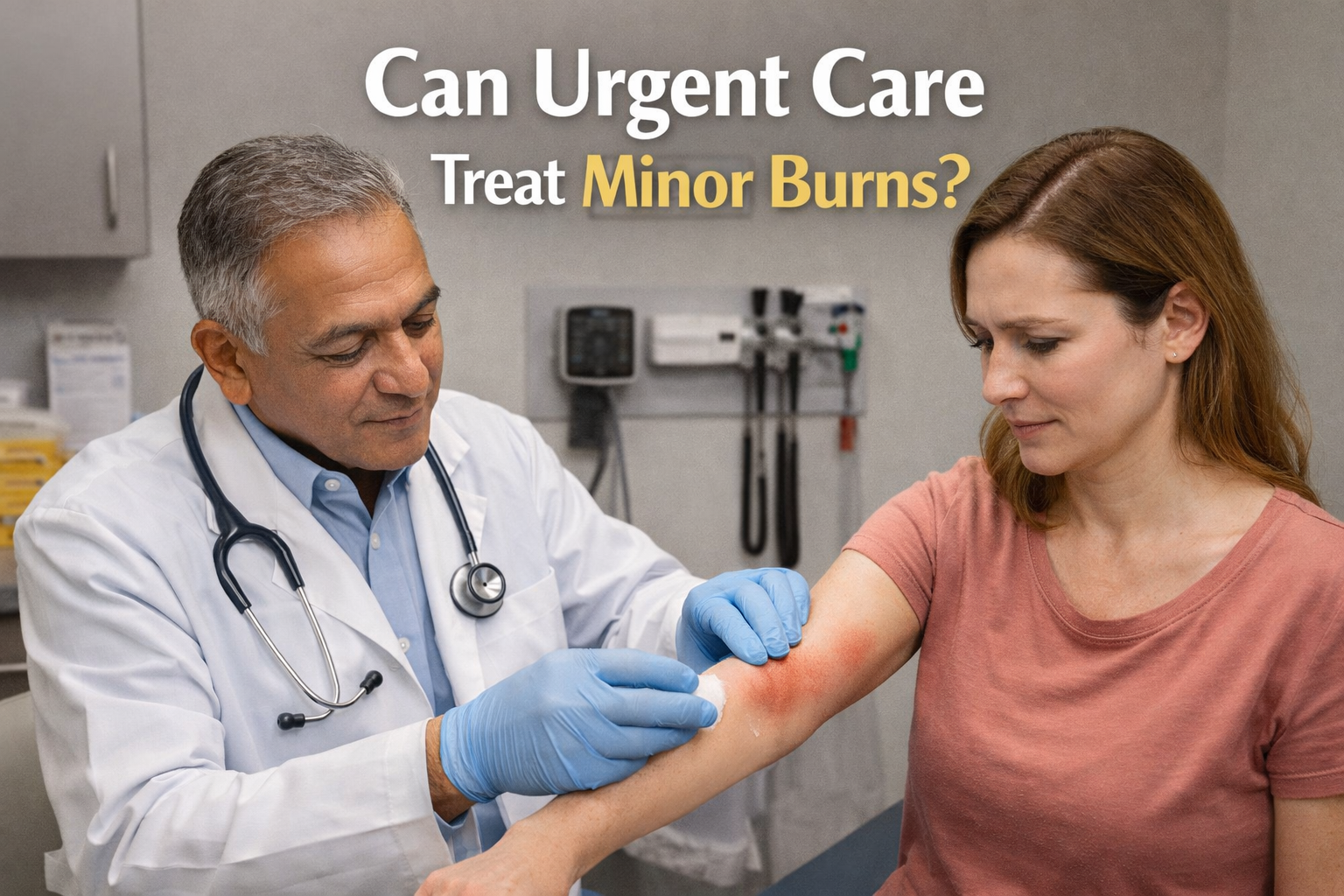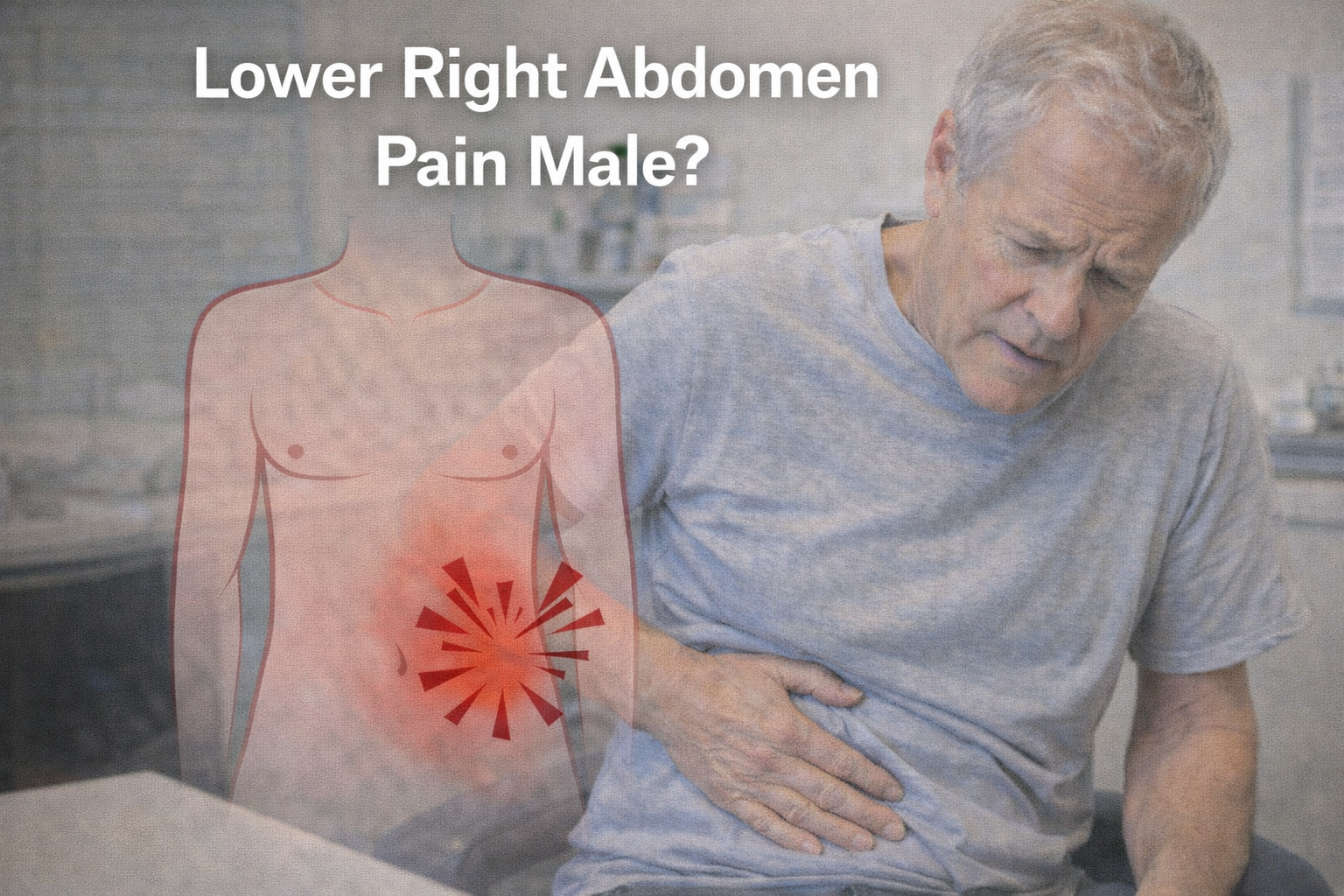The drug withdrawal syndrome in an adult occurs when the body adapts to the lack of a substance that it now depends on (alcohol, prescriptions, or illegal drugs). Such effects may vary in severity from uncomfortable mild conditions to life-threatening ones, depending on the substance, usage patterns, and health condition of the individual in question. Knowledge of these symptoms and how to deal with them is critical to safer recovery and permanent well-being. This guide will provide profound information, survival strategies, and advice from professionals- all developed to guide an adult and a caregiver through this difficult path.
What Drug Withdrawal Means for Adults
Withdrawal syndrome or drug withdrawal shows the brain and body trying to adjust following the stoppage of the drug. The nervous system adapts to the existence of a chemical in the long run, rewiring itself in the process-developing physical toleration and mental dependence. The removal of the substance makes the body dwell on adjusting its natural neurotransmitter level. The process causes reactions such as sweating, nausea, anxiety, tremors, among others.
Awareness of this syndrome equips adults with the capacity to anticipate and handle such withdrawal through effective management and negotiation of the same in a safer manner.
Causes of Drug Withdrawal Symptoms
Drug withdrawal in adults stems from long‑term or high‑dose usage of substances that alter brain chemistry. Common culprits include:
Prescription opioids (e.g., oxycodone), often taken for pain relief; benzodiazepines (e.g., Xanax) used for anxiety or insomnia; alcohol, accessible and socially normalized; nicotine in cigarettes or vaping; illicit substances like heroin, cocaine, and meth that directly alter dopamine and serotonin pathways.
Each substance has unique physiological effects, creating distinct withdrawal profiles. For example, opioids depress pain and reward centers—so withdrawal brings muscle aches and agitation—whereas alcohol disrupts inhibitory pathways, meaning withdrawal can lead to seizures or hallucinations
Physical Manifestations in Detail
During withdrawal, adults can experience a wide range of physical effects:
- Flu‑like symptoms: Chills, body aches, feverish sensation—this occurs when the autonomic nervous system readjusts.
- Gastrointestinal distress: Diarrhea, vomiting, stomach cramps due to sudden changes in GI motility.
- Neuromuscular signs: Tremors, restlessness, muscle cramps as electrolyte balance shifts.
- Cardiovascular changes: Increased heart rate, elevated blood pressure, sweating—stemming from withdrawal-induced adrenaline surges.
- Sleep disturbances: Insomnia, vivid nightmares, frequent awakening from unstable brain chemistry.
These symptoms can pepper the withdrawal timeline, worsening during peak phases but persisting in softer forms into recovery.
Psychological and Emotional Symptoms
Adults often face significant mental challenges during withdrawal:
- Anxiety and panic: As the brain’s GABA and serotonin systems recalibrate, anxiety spikes.
- Depression and dysphoria: Dopamine deficiency can lead to pervasive sadness or hopelessness.
- Irritability and mood swings: Emotional regulation falters when neurotransmitter systems are destabilized.
- Cognitive fog: Difficulties with memory, concentration, or decision-making are common.
- Cravings: Mental and physical urges are triggered by the absence of the substance, often leading to relapse risk.
Understanding these psychological states is crucial. When adults recognize transient emotional shifts rather than personal weakness, the road to recovery becomes less overwhelming.
Withdrawal Timeline and Phases
Withdrawal varies by substance, but follows typical stages:
Early onset (6–24 hours)
The symptoms start quietly: anxiety, restlessness, a tense jaw. This initial uneasiness is an indication of the withdrawal process.
Peak phase (1–3 days)
This is the weakest moment: overwhelming sweating, trembling, stomach problems, a speedy heartbeat, lack of sleep, and terrible desires win. Adults can be unable to operate in a normal manner.
Post‑acute syndrome (1–6 weeks)
There is the persistence of some problems, such as mood instability, sleeping difficulties, irritability, and episodes of craving even after the easing of the acute symptoms. This stage normally leads to a relapse in case not handled.
Long‑tail symptoms (months)
The effects that some adults may suffer are less severe: a lack of motivation, a slight anxiety, and some insomnia, but these conditions disappear with care.
Mapping these phases helps individuals and caregivers prepare, recognize severity, and ensure safe transitions at each step.
How Substance Type Influences Symptoms
Each drug carries its own withdrawal footprint:
- Opioids: symptoms include muscle aches, diarrhea, leg cramps, watery eyes, and strong cravings. They peak in 1–3 days, typically lasting about a week.
- Benzodiazepines: dangerous withdrawal with risk of seizures, insomnia, and increased anxiety—can last weeks or months if tapered improperly.
- Alcohol: even moderate alcohol use can trigger seizures or delirium tremens; withdrawal typically appears within 8–48 hours and may peak around day 2–4.
- Nicotine: mostly mild to moderate, with symptoms peaking within two weeks—includes irritability, insomnia, heightened hunger.
- Methamphetamine and cocaine: largely psychological symptoms like depression, fatigue, vivid dreams, and agitation.
Knowing these distinctions ensures appropriate safeguards and realistic expectations during recovery.
Risk Factors That Worsen Withdrawal
Certain circumstances intensify withdrawal severity:
- High dosage or long-term use heightens physical dependence.
- Rapid or abrupt cessation prevents gradual weaning, leading to severe symptoms.
- Poor physical health (e.g., liver disease, cardiovascular issues) worsens symptom intensity.
- Co-occurring mental health conditions like anxiety or bipolar disorder can’t handle sudden chemical shifts.
- Older age or complex medication regimens increase vulnerability.
Healthcare providers usually recommend medically supervised tapering or professional detox, especially for high‑risk cases.
Medical Detoxification—Why It Helps
Medical detox provides:
- Round‑the‑clock supervision, capable of managing seizures or severe anxiety.
- Medication‑assisted treatment (MAT): buprenorphine for opioids, clonidine for blood pressure control, benzodiazepine tapering schedules, or thiamine/anti‑seizure drugs in alcohol detox.
- IV support for fluids, vitamins, or electrolytes.
- Psychosocial interventions from trained staff.
Research shows medically supervised detox significantly reduces complications and relapse risk—essential for adults with higher dependency or co‑morbid conditions.
Home Detox: When Is It Safe?
Under certain conditions, supervised or self‑managed home detox may be considered:
- Mild nicotine dependence
- Short‑term, low-dose prescription use (e.g., low-dose opioids for less than a month)
- Strong social support, daily monitoring, and close contact with medical professionals
- Use of tapering strategies, like splitting lower-dose pills or using short-term supportive medications
Successful home detox requires awareness of warning signs (chest pain, hallucinations, seizures) and a clear emergency plan. Err on the side of medical oversight if issues arise.
Coping Strategies for Symptom Relief
Effective ways to ease withdrawal symptoms include:
Hydration and nutrition
Renew fluids, electrolytes, and consume healthy food with lean protein and whole grains, fruits, and vegetables in order to promote the healing process of the body.
Physical activity
Mood, anxiety, and sleep can be improved in even light exercises, such as walking, yoga, and stretching
Behavioral therapy
Cognitive Behavioral Therapy (CBT) and mindfulness-based stress management minimize cravings and enhance emotional endurance.
Support groups
Peer groups like SMART Recovery, Alcoholics Anonymous, Narcotics Anonymous, or secular recovery communities offer invaluable accountability.
Relaxation & sleep hygiene
Breathing exercises, progressive muscle relaxation, white noise machines, and consistent bedtime routines can restore sleep balance.
Approved supplements or OTC meds
Discuss ibuprofen for pain, loperamide for diarrhea, melatonin for sleep, or a B‑vitamin complex to support overall health.
Warning Signals: When to Get Help
Seek immediate professional assistance if you notice:
- Chest pain, racing heart, or fainting
- High‑grade fever or hallucinations
- Seizures or loss of consciousness
- Severe vomiting or inability to stay hydrated
- Thoughts of self‑harm or suicidal ideation
Carrying naloxone is life‑saving for opioid withdrawal. Early medical intervention often makes the difference between a safe recovery and serious complications.
Long‑Term Recovery & Preventing Relapse
After detox, long‑term recovery begins:
Ongoing therapy
CBT, contingency management, or other evidence-based therapies address underlying issues and teach coping skills.
Peer support
Group meetings and online communities maintain connection and reduce isolation.
Lifestyle renovation
Healthy routines—regular exercise, hobbies, structured schedules, balanced diet—fortify resilience.
Family involvement and aftercare
Therapy or support programs that involve loved ones promote understanding and long‑term recovery stability.
Addressing Social Stigma
Withdrawal carries a stigma that may discourage seeking help. It’s essential to shift the narrative from weakness to medical condition. Public campaigns, supportive professionals, workplace education, and personal storytelling help build empathy and social acceptance
Adult Voices: Recovery Stories
Real, anonymized accounts bring hope:
- One man described his opioid withdrawal like “flu on steroids,” but with buprenorphine therapy, hydration, and support, he found relief within two weeks.
- A woman in her 50s overcame alcohol withdrawal after medically supervised detox and credits therapy and group support for her two‑year sobriety.
These stories reinforce that while withdrawal is intense, systemic support and commitment can lead to lasting recovery.
Conclusion
Withdrawal symptoms of drugs in adults are rather difficult; nonetheless, effective drug detox in Las Vegas can lead to a safer and more lasting recovery. Whether you’re considering medical detox or planned home tapering, prior planning, strong support, and coping skills are crucial. If you’re searching for urgent care Suboxone near me, Sahara West Urgent Care offers compassionate, expert guidance throughout the detox process. Today, encourage your loved ones to seek help—there is hope. Every step forward brings you closer to a life that is free, healthy, and stable. To schedule your appointment with the highest standard of care, visit Sahara West Urgent Care on our website.
Faqs
How long do withdrawal symptoms in adults last?
Typically, acute symptoms decline within 7–10 days. However, lingering emotional and sleep challenges may persist for several weeks or months.
Can withdrawal be fatal?
Yes—severe alcohol or benzodiazepine withdrawal may cause seizures or delirium tremens. For opioids, the physical symptoms are rarely fatal, but the overdose risk increases. Medical oversight is critical.
Is tapering always necessary?
For many substances, tapering gradually (especially for benzodiazepines and high-dose opioids) significantly reduces withdrawal severity and safety risks.
What are the best at‑home remedies?
Maintaining hydration, a balanced diet, gentle activity, a structured routine, and relaxation exercises are essential. Use over‑the‑counter remedies for symptom relief under medical guidance.





